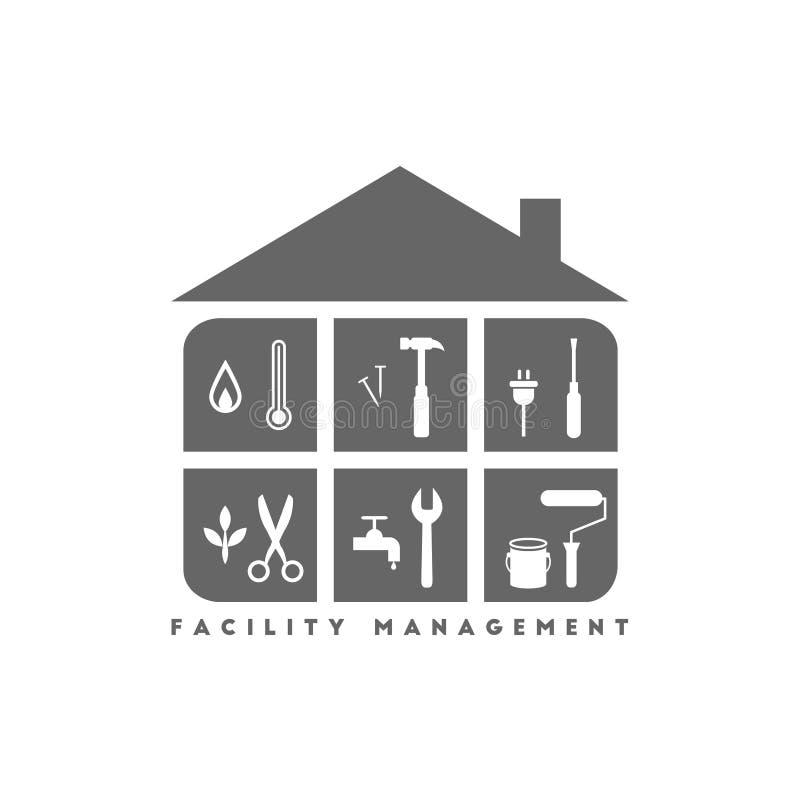Top Advantages of Total Facility Management for Streamlined Operations
Total Facility Management (TFM) stands for a calculated technique to improving operational efficiency by incorporating different services, such as maintenance and security, under a unified management structure. This loan consolidation not just minimizes redundancies but additionally leverages information analytics for notified decision-making and predictive upkeep. TFM assists in streamlined interaction among stakeholders, aligning procedures with wider organizational purposes. The question stays: what specific benefits can companies harness from taking on TFM, and just how might these advantages transform their functional landscape?
Improved Functional Effectiveness
Boosted operational effectiveness is a key benefit of carrying out total facility management (TFM) methods. TFM encompasses a detailed strategy to managing a facility's sources, procedures, and facilities, inevitably streamlining operations. By combining numerous services-- such as maintenance, protection, space, and cleaning management-- TFM decreases redundancies and enhances control amongst various functional features.
The combination of modern technology more magnifies this efficiency. Advanced facility management systems offer real-time data analytics, allowing facility supervisors to make educated decisions that enhance process and resource allowance. Predictive maintenance techniques, as an example, anticipate equipment failures prior to they take place, reducing downtime and extending asset lifespan.
Additionally, TFM advertises standard processes across various departments, making sure consistency and quality in solution distribution. This harmony decreases operational disturbances and fosters an extra collective working environment. As an outcome, workers can concentrate on their core obligations, driving productivity and enhancing general efficiency.

Cost Decrease and Savings
Carrying out total facility management (TFM) not just boosts operational effectiveness yet also dramatically adds to cost decrease and savings. By combining numerous solutions under a solitary management structure, organizations can remove redundancies and streamline processes, consequently decreasing functional prices. TFM enables much better purchase approaches, allowing companies to discuss bulk buying agreements with providers and provider, leading to lower prices.
Furthermore, TFM highlights preventative maintenance, which reduces unforeseen malfunctions and expands the life-span of critical equipment. This proactive strategy not only reduces repair costs but also enhances the reliability of facilitiess, ensuring undisturbed procedures. Furthermore, energy efficiency initiatives, frequently an essential focus of TFM, cause considerable cost savings on utility bills, as facilitiess are maximized for minimized energy consumption.
Improved Source Management
Effective source management is a foundation of total facility management (TFM), allowing companies to enhance making use of their assets and labor force. By applying TFM methods, organizations can comprehensively analyze their resource allocation, making certain that every possession is utilized efficiently and properly. This alternative approach permits the recognition of underperforming resources and the potential for reallocation or improvement.
Furthermore, TFM facilitates the assimilation of innovation for real-time monitoring of sources, which assists in forecasting upkeep needs and preventing pricey downtime. By leveraging data analytics, companies can make enlightened decisions regarding source implementation, inevitably boosting efficiency and decreasing waste.
Furthermore, TFM advertises a society of continual enhancement, encouraging groups to frequently review and improve their resource management techniques. Total Facility Management. This aggressive position not only decreases functional interruptions but also promotes development, as workers are encouraged to suggest enhancements based on their direct experiences with source use
Streamlined Interaction Channels
In total facility management, structured interaction networks play an important duty in promoting collaboration and efficiency throughout groups. Reliable interaction makes sure that all stakeholders, including facility supervisors, upkeep team, and provider, are aligned with organizational goals and operational demands. By establishing clear lines of interaction, groups can promptly resolve concerns, share updates, and execute solutions, consequently decreasing downtime and boosting performance.
With centralized interaction systems, details is conveniently obtainable, permitting real-time updates on upkeep demands, source appropriation, and task timelines. This openness not just minimizes misconceptions but likewise equips workers to make informed decisions quickly. Structured communication facilitates far better sychronisation during emergencies, making certain that all employees are notified and can respond without delay.

Enhanced Concentrate On Core Activities
A key advantage of total facility management is great site the boosted concentrate on core tasks, allowing companies to focus on their primary company goals - Total Facility Management. By contracting out non-core features such as protection, upkeep, and cleansing, business can reroute their sources and energy towards tactical efforts that directly add to their affordable benefit and development
Total facility management incorporates numerous functional tasks under a solitary umbrella, promoting effectiveness and decreasing redundancy. This consolidation not only improves processes yet additionally improves liability, ensuring that every element of the facility runs sympathetically without drawing away focus from what genuinely matters-- core business features.
Additionally, this method enables workers see it here to devote their effort and time to jobs that drive advancement and boost customer fulfillment, as opposed to obtaining slowed down by operational challenges. With a trustworthy facility management partner managing day-to-day procedures, companies can accomplish greater dexterity, respond promptly to market adjustments, and keep a sharper concentrate on their goal.
Eventually, enhanced focus on core tasks brings about boosted overall efficiency, enabling companies to enhance their market setting and meet their critical goals a lot more successfully. - Total Facility Management
Verdict
In final thought, Total Facility Management dramatically enhances functional effectiveness by combining crucial solutions and leveraging information analytics for educated decision-making. Expense reductions and improved source management add to total savings, while structured interaction channels foster cooperation amongst stakeholders.
Total Facility Management (TFM) stands for a calculated method to improving functional efficiency by integrating different solutions, such as upkeep and safety, under a unified management structure.Improved operational effectiveness is a primary benefit of implementing total facility management (TFM) approaches. Advanced facility management systems provide real-time data navigate here analytics, making it possible for facility managers to make informed choices that enhance operations and source allocation.Executing total facility management (TFM) not only increases functional performance yet additionally significantly adds to cost reduction and savings.Reliable source management is a cornerstone of total facility management (TFM), making it possible for organizations to maximize the use of their possessions and workforce.